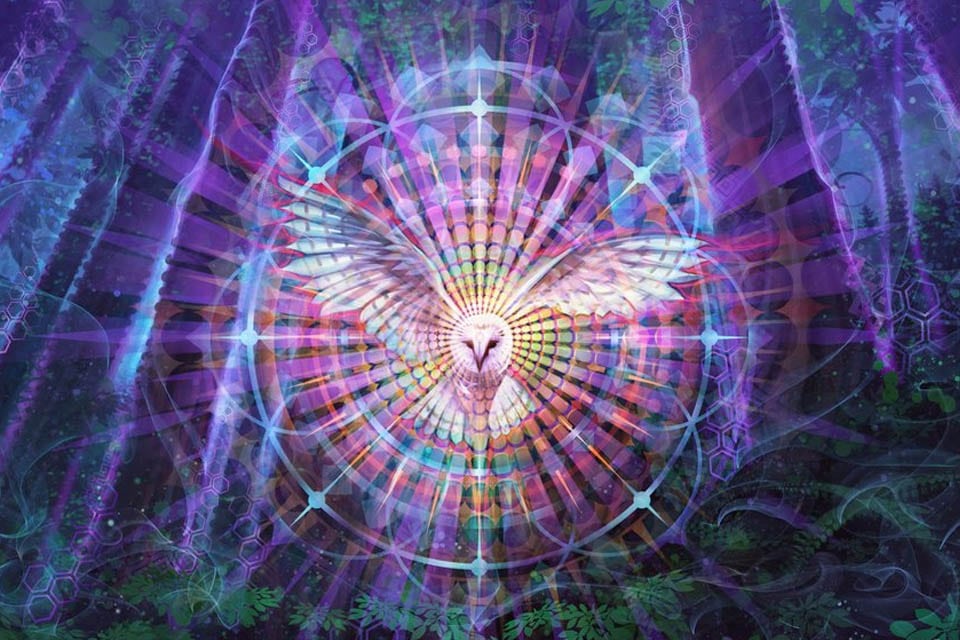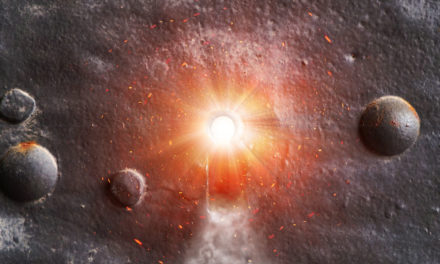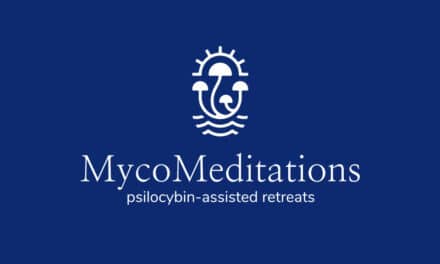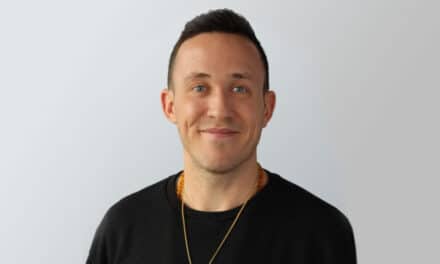In this continuation of our conversation with visionary artist Simon Haiduk (Part 1 here), we discuss the transformational power of art, the urge to expand creative horizons, and the ways in which creating and viewing art can be medicine for the soul.
Thanks again for speaking with us, Simon. Have you ever had a profound transformational experience from viewing someone else’s artwork? And if so, does one stand out in particular?
Oh yeah, for sure. One that comes to mind was when I was in Prague a couple of years ago and saw the Slav Epic series by Alphonse Mucha. He was famous in the late 1800’s and early 1900’s for these Art Nouveau images and designs. We saw these 10’ by 20’ paintings, basically murals, about the history of the Slavic people, which he did in his later years. And they are so profound, so moving… there are all these characters, all these expressions, all these tiny moments happening in them telling this story. He highlighted regular people and their experiences in them, with royalty or important figures more off in the background because he was tired of art always focusing on prominent figures and wanted this series to show the actual people of the land during that time. We spent hours and hours staring at these paintings, and it was incredible… definitely a profound experience.
We went into that exhibit, 20 or so of these massive murals, which are not quite complete actually because he died before the series was completed, after he was interrogated by the Nazis. As far as psychedelic art, I’m thinking back to when I was first introduced to Alex Grey’s art through the Tool albums. I had done my first visionary art painting, and I didnt even know it was called that, but I had this black canvas I painted over after doing some LSD experiences. I dosed and then started to paint this galactic, astral projection-type painting. My friend said, “Let’s check out Alex Grey’s website,” and there was this painting on the front page of this being he had met on ayahuasca. And I was like, “Oh yeah, man I feel like I’ve met that being!” That was an interesting moment of profound connection, for sure.
Throughout the years, another artist who stands out is Android Jones. When I was first getting into digital things, it really keyed me in to digital painting. I was like “Oh, that’s how I express what I want to express,” because it was difficult with traditional mediums. And other than that, I’ve had experiences where I’ve been on LSD or mushrooms and have been looking at other visionary art and ‘gone into it,’ including my own art at times!

[Laughs] Yeah, they are portals. In my own artistic process, the frame was something I had trouble with. Like no matter what you do, how cool it is, it’s in this rectangle. So I was like “Fuck that”— my response was to carve these organic-shaped wooden frames and make crazy stuff in them. I was also really moved at burn events and festivals by how art was something on display in nature, which inspired me to make something freestanding and able to weather the elements. I liked getting off the wall, out of the gallery, and outside the box, so to speak, of the frame itself.
When I look at your digital artwork, especially the animated ones, I see that you are transcending the same limitations. Even though animation and video have obviously been brought into art before, something about what you are doing within the context of visionary art is breathing life into these paintings in a really powerful and beautiful way. I’m curious what drew you towards bringing animation into your work, and where do you see it going? Like if you had endless resources, what would be the most epic art installation or creation that you could fathom?
[Laughs] Thanks, and I’m glad you appreciate it. I’ve always enjoyed animation. In doing flat painting, just like you were saying, the border was a limitation— I never see just one image as I’m painting, so it’s hard to sometimes pin it down to a single rendering or to find a composition to express something that, in my mind, is continuously moving. That’s why now with digital painting, I sometimes have one or two or more variations of an image. Being able to animate the layers brings it to another level, and I like to combine it with sound as well, because what I’m portraying is a resemblance of frequencies. In my understanding of quantum physics, everything is made from vibrations of sound or light when you break everything down. So that’s why I’m constantly trying to integrate music and art.

As far as a bigger vision, if I had unlimited resources, I think it would be some kind of movie or even just a short film that tells a story and really hones in on what it feels and looks and sounds like to have a journey. That’s very difficult to capture, in a lot of ways. I feel like as it is, I’m only just conveying a small percentage of what I’m experiencing, and I also don’t really get into the super abstract realms, even though I see them.
When I first started, my paintings were more abstract and cosmic, but then I got into nature because it was something more relatable to people. Unless people had done psychedelics or deep meditation, they weren’t really understanding my earlier art, and so I wanted to be able to bridge that gap. I was just at a comic expo, and there are lots of people there who have never done a psychedelic but feel something from the art. They ask, “Is that an aura or energy or whatever?” It’s able to reach them.
That’s awesome. How would you succinctly describe the inner experience you’re trying to evoke in people through your artwork? Awe? Interconnection?
Primarily, it is a sense of connection to something beyond the ordinary, and also a sense of peace through that. The more we feel interconnected to things, at least for myself, the more I feel at peace and like I have a place here. When I feel disconnected from things, I feel more unsettled and anxious or depressed: I’m struggling, I’m on my own, I’ve got to do all this by myself. So in whatever ways we can remind ourselves of our interconnectedness to everything (which goes beyond the physical into the metaphysical, into Spirit or Source realm, or God or whatever), I think that does bring a sense of inner peace and ultimately love for everything. Which is ideal to me, because the opposite doesn’t feel good! [Laughs] It kind of comes down to feeling good.

[Laughs] It’s like visual antidepressants!
Totally, yeah exactly. And of course, there’s a place for expression of darker and heavier energies; in fact, I work through that with some of my music. I like to listen to some heavier and darker music sometimes, because I like that balance of what those expressions offer. Through my visual art I’ve chosen to maintain a specific vibe with continuity that I can keep moving forward with.
As soon as I said visual antidepressants, I thought a better term would be “visual medicine.”
Yeah, if we feel ill or off, out of alignment, then anything that brings us back to alignment could be called medicine.
We are grateful to Simon Haiduk for taking the time to speak with us. You can check out his artwork here and read our first interview with him here.











